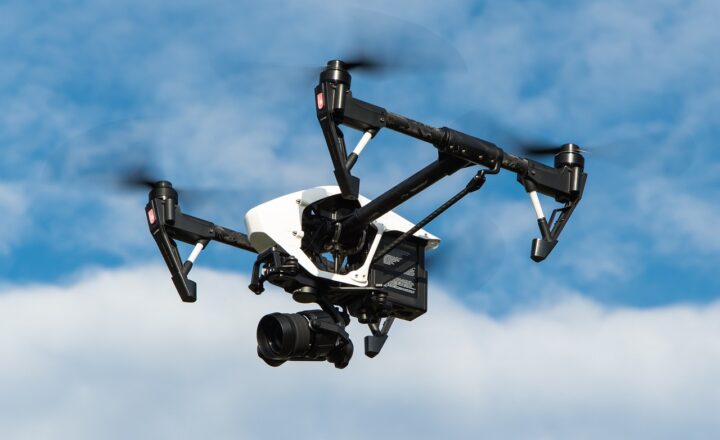Ambulances Around the World: How Emergency Medical Services Differ Globally
November 13, 2024

Emergency Medical Services (EMS) are crucial during critical health situations, with ambulances being the frontline responders in saving lives. However, the structure, operation, and cultural context of EMS vary significantly across the world. This article delves into the various models of ambulance services globally, examining how they address the unique healthcare needs of their respective populations.
1. The Role and Importance of Ambulances
Ambulances serve a critical function in retrieving patients, providing urgent medical care, and facilitating transport to healthcare facilities. Without a well-functioning ambulance service, patients experiencing life-threatening emergencies might face dire consequences. An efficient EMS system integrates communication, patient management, and transport logistics to ensure timely medical attention.
2. Models of Emergency Medical Services
Different countries employ varied models of EMS depending on their healthcare policies, funding, and infrastructure. Here are some prevalent models:
- Publicly Funded EMS: In many European countries, such as the UK and Sweden, EMS is publicly funded and integrated into the national health services. This model emphasizes accessibility to care without direct costs to patients at the time of service.
- Private for-Profit Services: The United States has both public and private EMS services. While public systems may provide emergency care at no direct cost, private companies often charge for services, leading to debates over access to emergency care.
- Volunteer-Based Systems: In remote areas or countries with limited resources, community volunteer squads operate ambulances to provide essential services. These models often rely heavily on training and volunteers to ensure community members can respond to emergencies.
Each model has its advantages and drawbacks, influencing response times, costs, and outcomes.
3. Regional Variations in Ambulance Services
The effectiveness of an ambulance service can heavily depend on local factors such as geography, population density, and cultural attitudes toward health care. Below are examples from different regions:
North America
In the United States, EMS is a blend of public, private, and volunteer models. For instance, large urban centers often have rapid response teams with advanced life support (ALS) ambulances equipped with sophisticated medical technology. Conversely, rural areas may depend on less equipped volunteer organizations that may take longer to reach patients.
Europe
Countries like Sweden and the Netherlands utilize well-coordinated EMS as part of their universal healthcare systems. They prioritize rapid response times and employ paramedics with advanced training. In contrast, in many Southern European countries, resource constraints can lead to slower response times and suboptimal care.
Asia
In Japan, the EMS system emphasizes swift response and advanced medical care, with ambulances often staffed with trained paramedics who provide care en route. However, in several developing countries, EMS may be less structured, relying on basic transportation with limited medical capabilities.
4. Technology and Ambulance Services
Emerging technologies are transforming ambulance services worldwide. Here are some highlights:
- Telemedicine: Incorporating telemedicine into EMS allows paramedics to consult with physicians while en route to a hospital, ensuring better patient management.
- GPS and Dispatch Systems: Enhanced dispatch technology reduces response times through GPS route planning, ensuring the nearest available ambulance can reach the scene more swiftly.
- Mobile Apps: Several countries now leverage mobile applications to allow users to directly contact EMS, provide real-time location tracking, and receive updates on ambulance arrival times.
These technological advancements can dramatically improve operational efficiency, optimize resource allocation, and ultimately save lives.
5. Cultural Perspectives on Emergency Medical Services
Cultural attitudes toward health and emergency services significantly affect how EMS operates in different regions. In cultures where healthcare is seen as a fundamental right, citizens are more likely to utilize EMS without hesitation. However, in areas where financial constraints or cultural stigma exists, individuals may delay or avoid calling for help.
Understanding cultural perspectives can lead to better training for EMS personnel and more effective public outreach programs that improve community perceptions and utilization of emergency services.
6. Challenges Facing Global EMS Systems
Despite the critical role of ambulances, global EMS systems face numerous challenges:
- Funding Constraints: Many countries struggle with financing adequate EMS services, leading to equipment shortages, poor training, and slow response times.
- Workforce Shortages: The high demand for emergency professionals often exceeds supply, making it challenging to staff ambulances adequately.
- Public Awareness: In some regions, a lack of public knowledge about when to call for EMS can lead to underutilization of available services, further worsening health outcomes.
Addressing these challenges calls for collaborative efforts between governments, health organizations, and communities.
7. The Future of EMS
Looking ahead, the future of ambulance services globally will likely be shaped by:
- Integrated Care Models: A move towards holistic healthcare incorporating EMS into primary care will improve patient outcomes and resource allocation.
- Population Health Management: EMS systems will increasingly focus on preventive care and chronic disease management to reduce the incidence of emergencies.
- Innovation & Research: Continued research into best practices and new technologies will enhance ambulance services across the globe.
As policies and perspectives evolve, adapting to changing healthcare landscapes will be vital for effective emergency services.
Conclusion
Ambulance services play a vital role worldwide, reflecting the healthcare systems and cultural attitudes of different regions. Understanding these differences can promote collaboration and the sharing of best practices. With ongoing advancements in technology and growing recognition of the importance of timely medical assistance, the future of EMS looks promising. As countries work to improve their emergency medical systems, the collective goal remains clear: to save lives and provide the best possible care to those in need.








